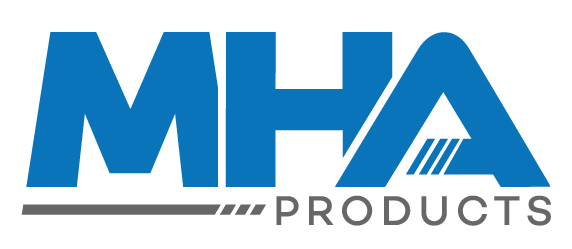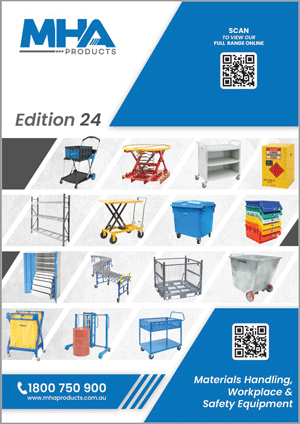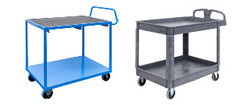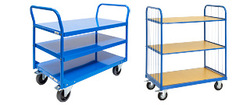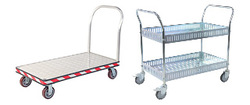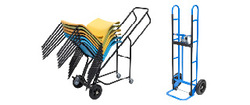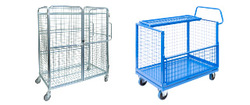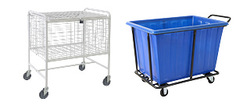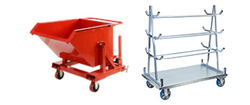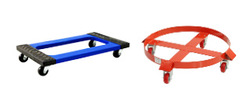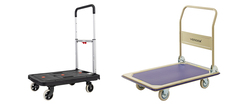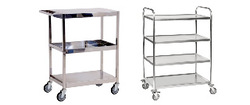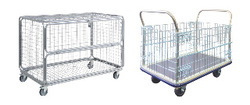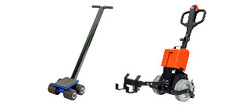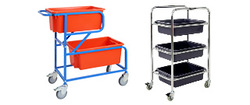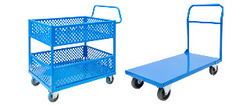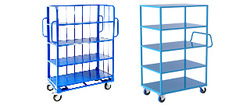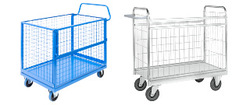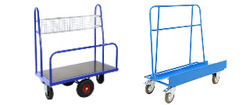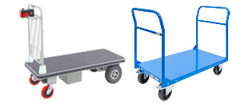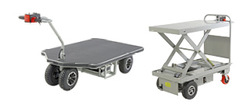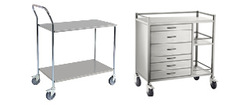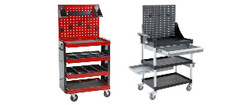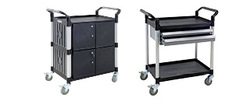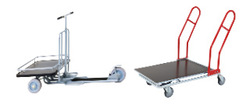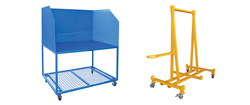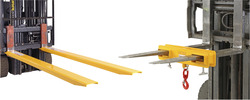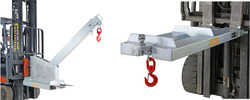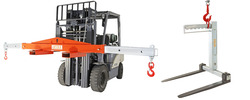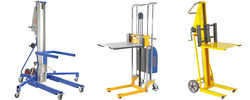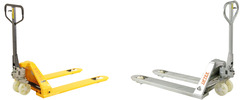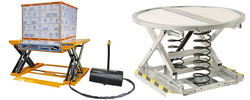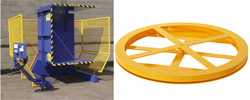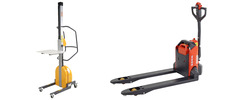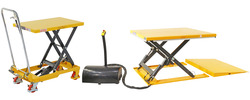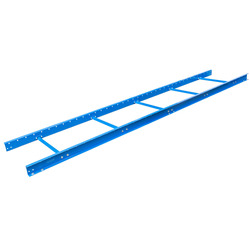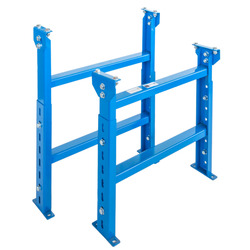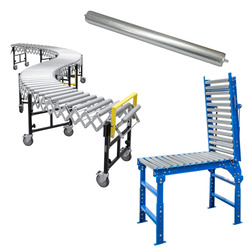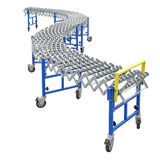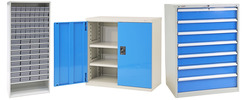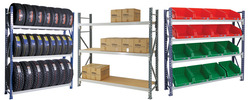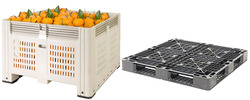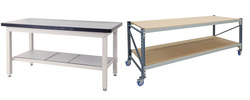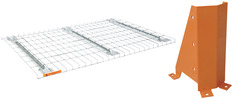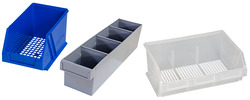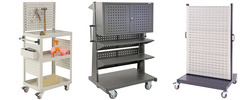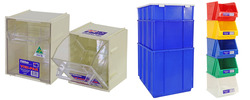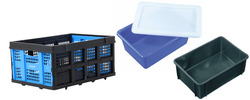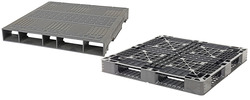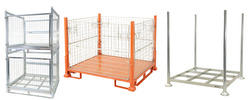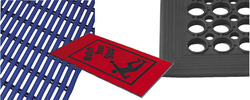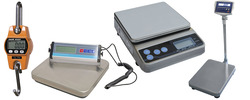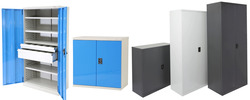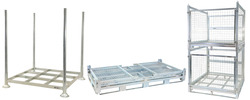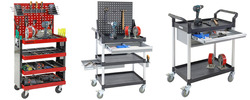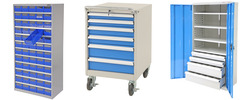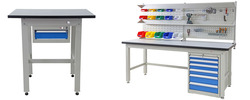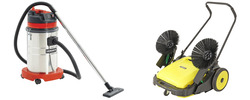How Manual Handling Equipment Training Increases Workplace Safety
Date Posted:9 February 2015
Whether bending down to pick something up or reaching up to take something down, every lifting and moving action in the workplace has its own risk, causing anything from a slight twinge to serious spinal damage. Making the workplace safe is easier when using the right manual handling equipment, but training in the proper techniques is just as important.
Work-related injuries have a major impact on the economy. According to a study published by Safe Work Australia in 2012, there were more than 638,000 incidents of work-related injuries in Australia, while the Victoria WorkCover Authority (VWA) reported in the same year that 43 workers were “seriously hurt” every day at work, including “musculoskeletal injuries… costing nearly AUS$1 billion a year in medical costs, wages and other expenses”.
Safety in the workplace is essential, and much is made of investing in first aid equipment for on-site treatment and adequate safety procedures. But getting reliable manual handling equipment and providing proper staff training is equally important. It’s something MHA Products has been highlighting for years.
Training Reduces Injuries
For MHA Products, it’s not just a matter of providing the right manual handling equipment, but of providing sound advice to customers on how best to use these products.
The injuries most typically sustained when lifting, pulling, pushing and generally moving items in the workplace include damage to muscles, joints, tendons, ligaments and nerves. And while many can be suffered when slipping or tripping at work, the vast majority of these musculoskeletal injuries are suffered when lifting, lowering or moving items - in fact, 68% according to VWA.
By providing clear instructions on how to use of each product safely, these types of injuries can be avoided. And at MHA Products, we offer customers advice like:
- How to properly stack a trolley, crate, shelving or rack
- Lift with the knees, not the back
- Keep the load close to the body
- Lifting multiple light loads
- Moving with care with no sudden jerks
- Be aware of equipment limits to avoid over-stacking, minimize hazards and maximize the equipment’s lifespan
Instruction in the Workplace
Our customers can then provide on-the-job instruction and adequate supervision to ensure all of their staff members are properly trained in using the manual handling equipment. These in-house training sessions require little more than care and attention from a senior worker, and can be done on-the-job so that minimum disruption is created to your everyday operation.
What is crucial to remember is that this kind of investment reaps huge benefits overall, creating or contributing to:
- A safer working environment
- Greater productivity
- Greater efficiency
- Lower insurance premiums
More Reading and Information
For more on the basic rules of good manual handling techniques, read our blog post entitled “Manual Handling Techniques That Prevent Workplace Injuries”.
For more on general manual handling training courses, or to access easy-to-follow reference guides and training manuals from Australian national and state authorities, check out:
- PeopleSafe Australia (course with fee)
- HLTHSE204D Certification on Training.gov.au
- WorkCover NSW (PDF)
- SafeWork SA (online learning & test program)
- Western Australia Code of Practice – Manual Tasks (PDF)
- Victoria WorkCover Authority
For further reading, check out:
